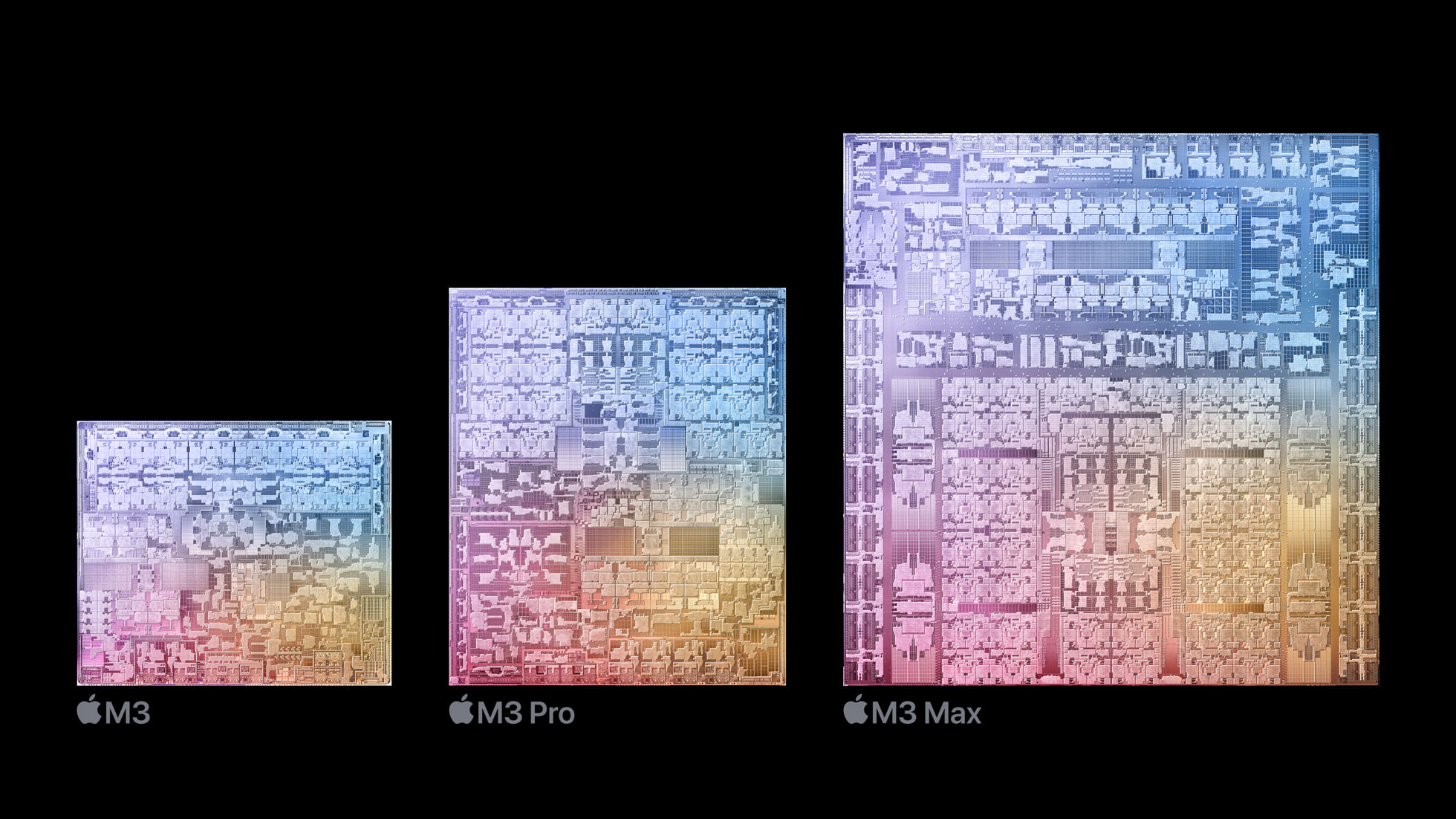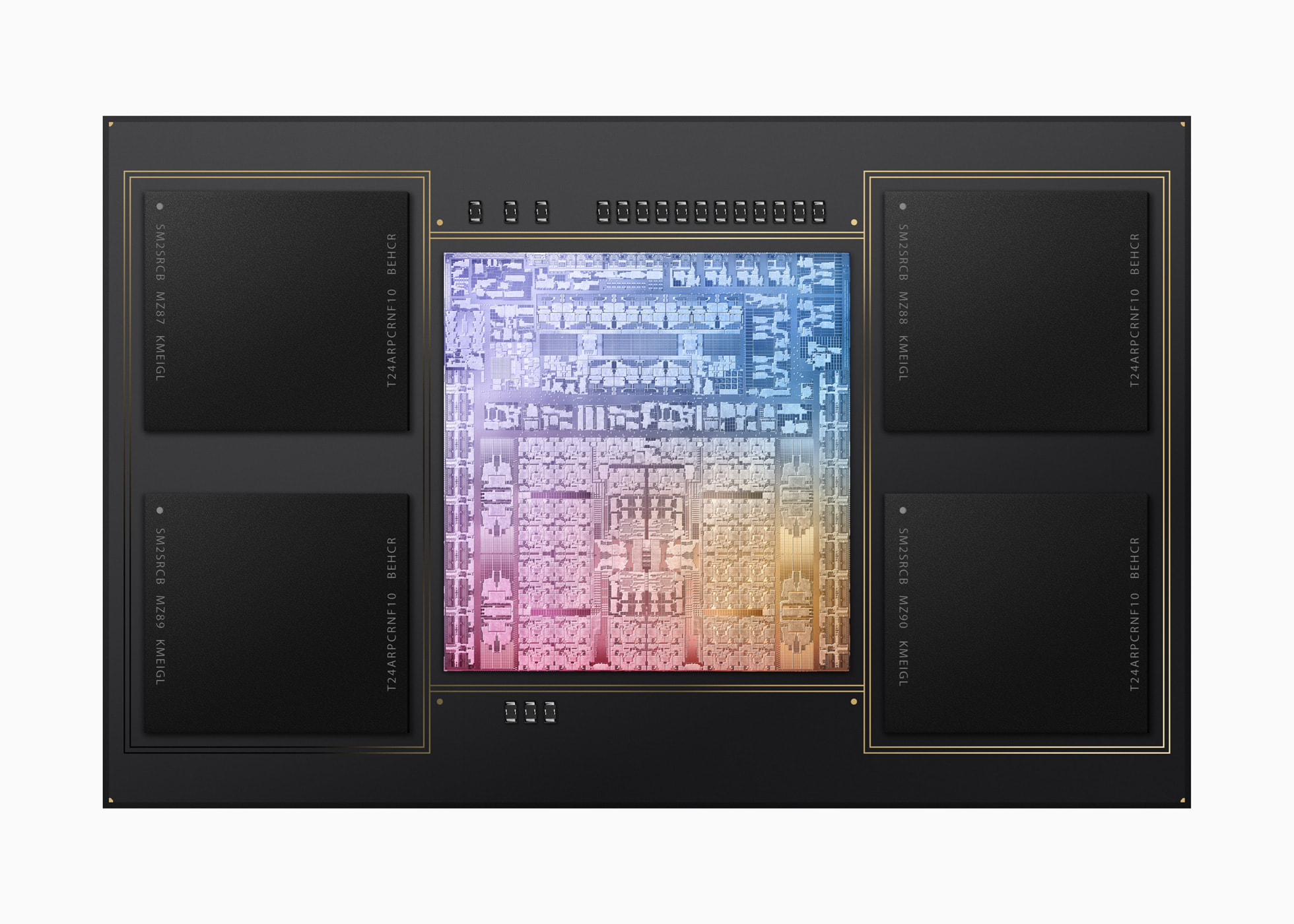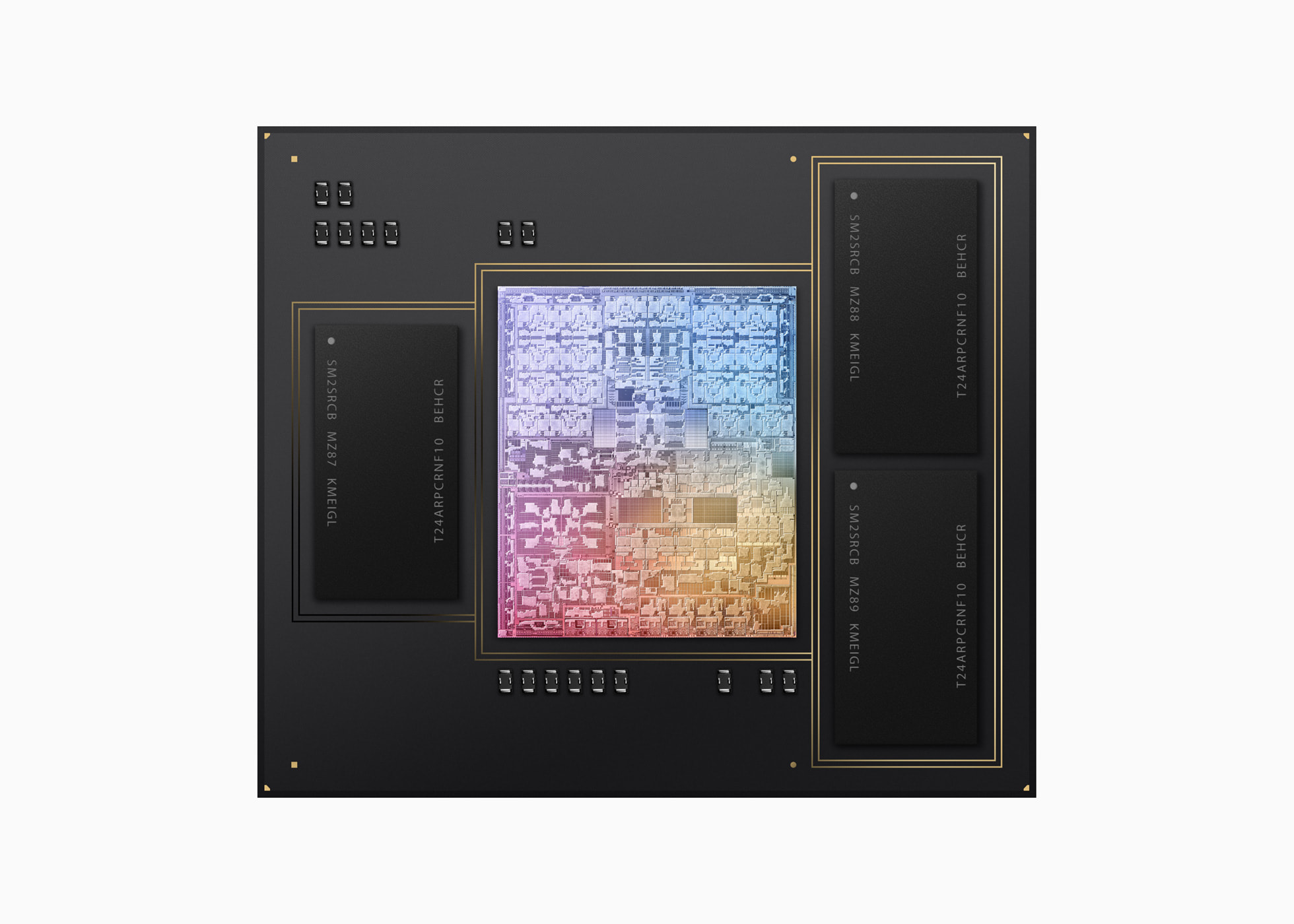Last night’s ‘Scary Fast’ Apple event took place in the dead of night here in South Africa but there was still excitement to be had. It was Halloween, after all. Apple’s M3 processor roster made its debut, with three fresh chipsets due in very short order.
As is usual with Apple, the new M3 lineup claims to be even faster than its predecessors, with the Pro and Max versions of the chips being correspondingly speedier. How speedy? Well, these are the first 3nm chips on the market, which should give you an idea of the bragging rights Apple is claiming right now.
100k 47 M3, m@
 We’ll get to the devices you can expect to find the Apple Silicon M3, M3 Pro, and M3 Max inside in a bit. Right now, though, it’s worth examining just how much quicker the American tech maker reckons its shiniest new toy is.
We’ll get to the devices you can expect to find the Apple Silicon M3, M3 Pro, and M3 Max inside in a bit. Right now, though, it’s worth examining just how much quicker the American tech maker reckons its shiniest new toy is.
Apple reckons there’s quite a jump from the M2 lineage but an even greater one from the first-generation chips. The efficiency cores inside these chips are supposed to be 50% speedier than M1 (30% quicker than M2), with the performance cores boasting 30% (M1) and 15% (M2) speed increases. That’s if you’re using this year’s Max processor which is the obvious hardware highlight from the event.
Power of three
 M3 Max is a 16-core chipset, split into twelve efficiency and four performance cores. An integrated 40-core GPU brings hardware-supported ray-tracing to the Mac, though what you’re going to use that for is anyone’s guess. Mesh shading is also an option this year. With the iPhone encroaching on video game console territory, maybe the MacBook Pro will do the same… if you can justify the price for a mere gaming machine. The Max chipset supports up to 128GB of unified memory. That’s… not a small amount.
M3 Max is a 16-core chipset, split into twelve efficiency and four performance cores. An integrated 40-core GPU brings hardware-supported ray-tracing to the Mac, though what you’re going to use that for is anyone’s guess. Mesh shading is also an option this year. With the iPhone encroaching on video game console territory, maybe the MacBook Pro will do the same… if you can justify the price for a mere gaming machine. The Max chipset supports up to 128GB of unified memory. That’s… not a small amount.
 Apple’s newest Pro chip features twelve cores split evenly between efficiency and performance units. There’s an 18-core GPU inside but ray tracing and mesh shading are still supported. RAM support? That’d be 36GB, which still isn’t shabby but is a far cry from the Max’s overkill.
Apple’s newest Pro chip features twelve cores split evenly between efficiency and performance units. There’s an 18-core GPU inside but ray tracing and mesh shading are still supported. RAM support? That’d be 36GB, which still isn’t shabby but is a far cry from the Max’s overkill.
 Finally, the base model of Apple’s new laptop hardware is an 8-core chip, also split evenly between the fast and slow sides. A 10-core GPU, 24GB of unified memory support, and a 65% graphics performance boost over its M1 counterpart are the highlights here.
Finally, the base model of Apple’s new laptop hardware is an 8-core chip, also split evenly between the fast and slow sides. A 10-core GPU, 24GB of unified memory support, and a 65% graphics performance boost over its M1 counterpart are the highlights here.
So sure, there’s loads more power and there’s potential for serious gaming performance but that might wait until a MacBook Air update sometime in 2024. The newly-announced MacBook Pro units and the new 24in iMac are workhorse machines intended to earn enough money to pay for themselves. We can’t see too many folks buying one just to experience ray-tracing on a Mac. Not at Apple’s prices.




